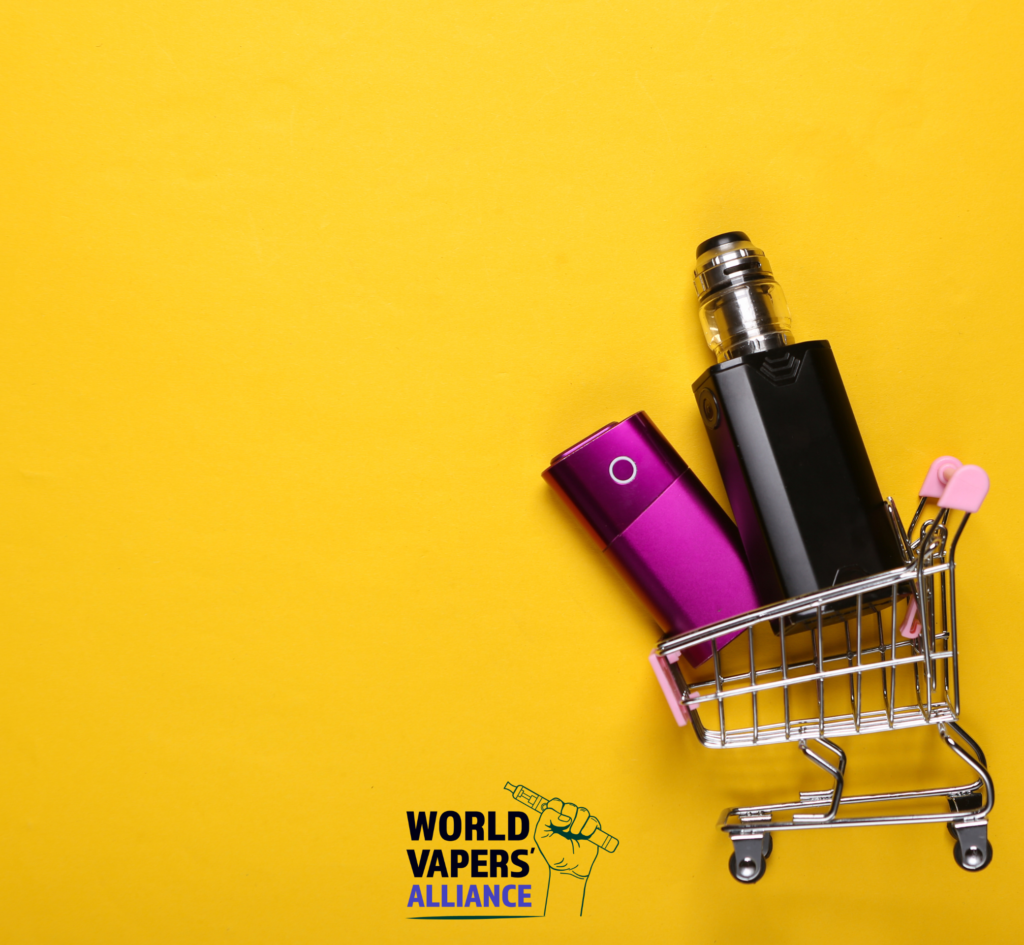En 2020, le projet de loi 810 du Sénat a été présenté. Ce texte aurait interdit la vente, la livraison, le troc, la fourniture ou le don de produits liquides nicotinés aromatisés à quiconque. Les vapoteurs adultes ont poussé un soupir de soulagement lorsque le gouverneur Ron DeSantis a opposé son veto à cette législation, reconnaissant que “ les cigarettes électroniques aromatisées constituent une alternative moins risquée aux cigarettes classiques ” et allant même jusqu'à affirmer que cette “ législation inciterait presque assurément davantage de personnes à recommencer à fumer des cigarettes classiques ” ou pire encore, “ pousserait d'autres vers un marché noir dangereux ”.”
Ce qui s'est passé depuis est monumental. Non seulement la consommation de cigarettes électroniques chez les jeunes a diminué, mais la consommation de cigarettes classiques a également diminué. Selon les données de Enquête sur le tabagisme chez les jeunes de Floride, En 2021, seulement 12,61 % des lycéens de Floride ont déclaré avoir déjà fumé des cigarettes classiques et seulement 32,21 % avaient essayé la cigarette électronique. Parmi les collégiens, 7,21 % avaient essayé la cigarette classique et 16,21 % avaient essayé la cigarette électronique.
Des résultats similaires continuent de prouver que l'interdiction d'alternatives et de saveurs plus sûres ne contribue pas à freiner la consommation chez les jeunes. D'autres États comme Colorado et Arizona On observe également des baisses, l'Arizona enregistrant les taux de tabagisme et de vapotage chez les jeunes à leurs niveaux les plus bas jamais enregistrés.
Alors que nous continuons de constater des données qui soutiennent l'idée d'une réglementation intelligente et de la protection contre les risques liés à la réduction des risques comme moyen de se détourner des cigarettes, pourquoi les représentants des États persistent-ils à vouloir interdire les arômes ?
L’interdiction est inefficace ; des marchés noirs non réglementés proliféreront, alimentés par les vapoteurs cherchant des alternatives à la fermeture de leurs boutiques spécialisées. Pire encore, certains retourneront fumer des cigarettes classiques.
Les interdictions sèment la confusion dans le public quant à l'étendue des risques liés à ces produits, et beaucoup ignorent les avantages d'un changement.
L'interdiction du vapotage ne protège que les vendeurs illégaux de la taxation, de la réglementation et du contrôle de la qualité. Si les législateurs des États veulent réellement protéger leurs électeurs, ils feraient bien de suivre l'exemple des États qui constatent une baisse de la consommation chez les jeunes, comme la Floride.





2 réponses